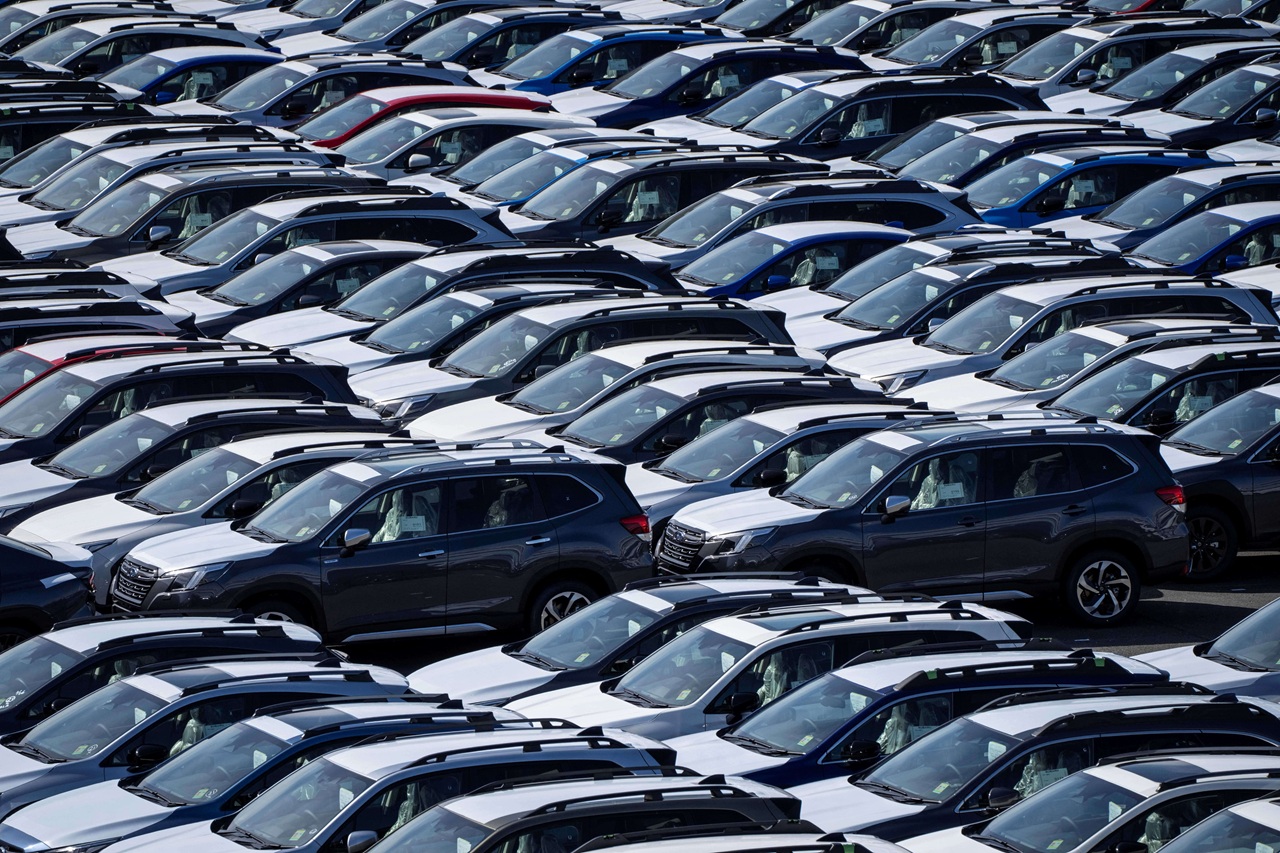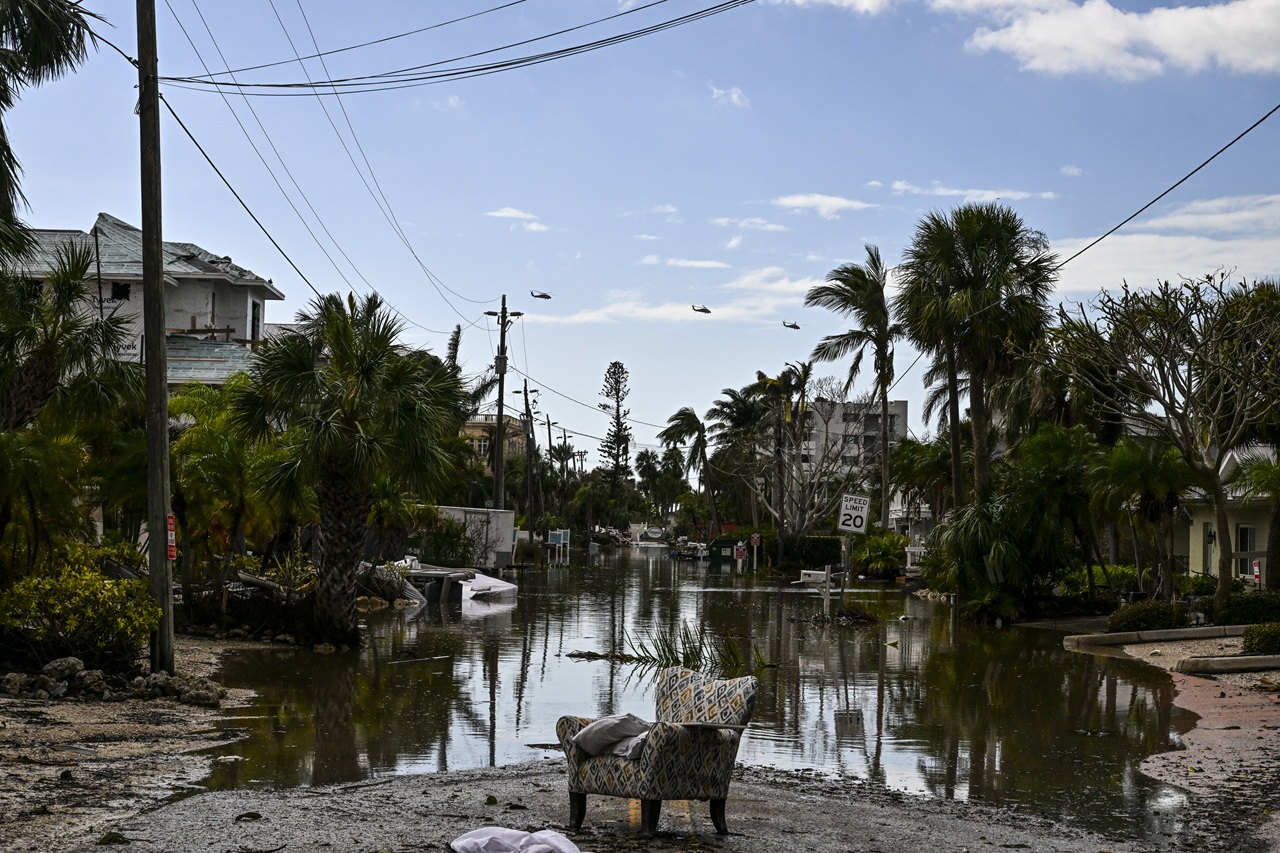
Abandoned oil and gas wells pose some of the biggest U.S. environmental hazards: Here are the Latinos pushing for cleanup
“We have an opportunity to deliver environmental justice for communities of color and reorient federal policy to ensure that polluters pay the clean-up costs,”…
Over 100 years of drilling for oil in the United States has left its mark, as millions of abandoned oil wells scattered across the country have created one of the biggest onshore environmental hazards in the nation, and it’s affecting BIPOC communities the most.
From California to Texas, there are 3 million of these abandoned facilities, including more than 2 million that are “unplugged,” according to the U.S. Environmental Protection Agency.
When left unplugged and unmoderated, these wells are essentially unhinged, becoming corridors for oil, gas, and salty water to fuse into groundwater and healthy soil. It thereby becomes a hazard for nearby wildlife, livestock, and humans above ground.
In recent years, there’s also been a new discovery: an unknown number of these unhinged oil and gas wells gush out millions of metric tons of methane each year, intensifying the calls to undertake the simple fix of plugging the wells to cut emissions.
If the fix is so simple, then why have these 2 million unplugged wells been left to spew toxic emissions for years since they’ve been abandoned?
It’s because they’re often located in communities that are historically underfunded and predominantly inhabited by Latinx and Indigenous people.
This isn’t a partisan issue. Rather, environmental racist practices are so embedded into our system that it’s become normal to see oil fields that are the trademark of a drive through Texas, or up through portions of California’s central valley. It becomes harder to separate their location with their implications on surrounding communities.
The impacts are seen heavily in states with the highest concentrations of Latinx and Indigenous populations. New Mexico, having the highest percentage of Latinos out of any other state, has well over 700 abandoned wells. In the fields of Wyoming, the hundreds of abandoned wells affect nearby or on-site native lands.
According to a 2016 joint study by LULAC, the Clean Air Task Force, and the National Hispanic Medical Association, Latinx communities are at great risk of impact from air pollution from the oil and gas industry.
The report found that 1.81 million Latinos live within a half mile of existing oil and gas facilities and the figure would only continue to increase as years passed.
“As a result, many Latino communities face an elevated risk of cancer due to air toxics emissions,” the report reads.
It’s environmental racism at play.
But it’s happening within a dying industry, which makes the situation even more precarious.
As the oil and gas industry continues to dim — exacerbated by the pandemic — along with the rise of renewable energy, over 100 companies went bankrupt in 2020. President Joe Biden has also put out a recent order to pause drilling on federal land, expected to bring that figure even higher.
But because of existing regulations and bonding requirements — the funds that companies pay ahead of time as insurance — there’s little holding the owners of abandoned wells accountable. For firms that go out of business, they are no longer liable to pay for cleanup of the mess they’ve created.
It’s one of the several reasons why a bipartisan group of lawmakers is introducing legislation for cleanup measures.
New Mexico’s own Rep. Teresa Leger Fernandez and Sen. Ben Ray Luján are leading the congressional efforts to plug the so-called “orphaned” wells, those 56,000-odd oil and gas wells that have been abandoned with no responsible party for cleanup.
RELATED CONTENT
Companies have abandoned hundreds of thousands of oil & gas wells. They pollute our air, our groundwater, and pose dangerous health risks for our communities. I’m proud to lead the effort in the House to plug orphaned wells, protect our communities & create jobs for New Mexicans. https://t.co/dTTJ6b32SX
— Rep. Teresa Leger Fernández (@RepTeresaLF) May 7, 2021
The Orphaned Well Cleanup and Jobs Act would set aside $8 billion in federal funds to clean up more than 50,000 of these such wells on federal, state, private, and tribal lands.
In a statement to AL DÍA, Leger Fernandez said it was a reinvestment into these communities she called “beautiful.”
“We have an opportunity to deliver environmental justice for communities of color and reorient federal policy to ensure that polluters pay the clean-up costs,” Leger Fernandez said.
Her bill would also increase the bonding that companies must pay to drill wells, and would charge operators a yearly fee for “idled” wells on public lands to discourage companies from continuing to abandon wells.
In the Senate, Ben Ray Luján (D-NM) and Kevin Cramer are pushing their own bill, the Revive Economic Growth and Reclaim Orphaned Wells legislation, which would provide $4.275 billion for orphaned well cleanup on state and private lands, $400 million for orphaned well cleanup on public and tribal lands, and $32 million for research and development.
““People of color are disproportionately harmed by pollution and the changing climate. They are more likely to breathe polluted air and more likely to face barriers to access clean water,” Luján said in a statement to AL DÍA.
“Cleaning up orphaned oil and gas wells is one common-sense solution to safeguard our communities from harmful pollution while creating opportunities for America to recover and rebuild from the COVID-19 pandemic,” he said.
President Biden’s own $2.3 trillion infrastructure plan calls on Congress to pass $8 billion for plugging wells and $8 billion for reclaiming coal and uranium mines, creating jobs in renewable energy in the process.
But it’s not clear how much would be set aside for each state, which is in part why members of Congress are acting on their own.
Leaks from these abandoned wells have long been recognized as an environmental issue, but it wasn’t until recently that it has garnered recognition as far up as the Oval Office.
This is what happens when BIPOC legislators from these communities most at risk are elected into office. From the Department of the Interior Secretary Deb Haaland becoming the first Indigenous person in a President’s cabinet to Rep. Teresa Leger Fernandez becoming the first woman and Latina to represent her New Mexico district.
They’re bringing these issues to the table.











LEAVE A COMMENT: